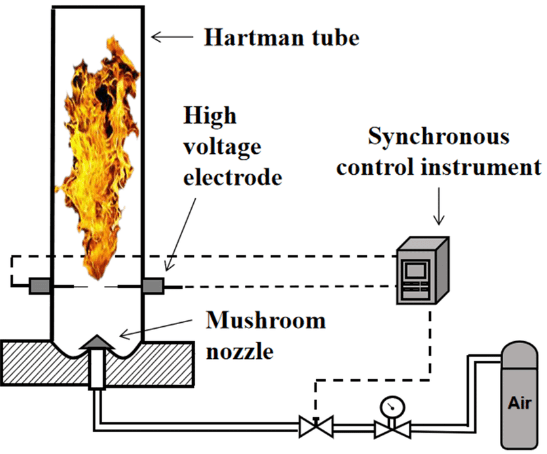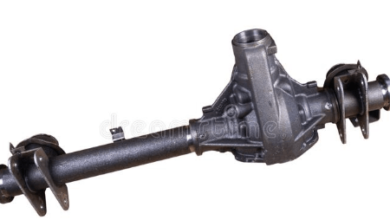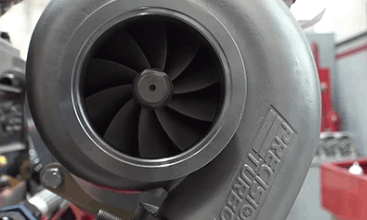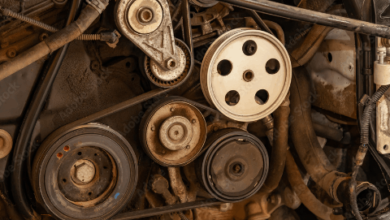Minimum Ignition Energy – What is That?
In the theoretical side of the automotive industry, there are different kinds of theoric calculations of the flammability of the gases and fuel types. And these performance criteria give very important specifications on the engine’s ignition systems and the gases of the systems. Here we will talk about a theoretical thing that is commonly used for fuel systems and gas systems, which is called Minimum Ignition Energy or MIE. We will not go into the details; we will try to explain it in the most simple terms.
What is Minimum Ignition Energy?

As understood from its name, it is the minimum energy required to ignite a cloud of dust. Do not think that Energy is only related to the automotive or fuel systems of the vehicles. The Minimum Ignition Energy directly relates to all types of specks of dust, such as coal costs or another kind of dust.
Minimum Ignition Energy gives a very important insight into which level or in which energy level a specific gas will ignite. Some gases or dust have very high Energy, which means that igniting these gases under atmospheric conditions or other kinds of conditions will be very hard.
But if you are talking about very low ignition energies, dismiss the dust or the gas will ignite with a very low energy application.
Also, you can understand that the ignition of gases or dust is generally sparked with electrical ignition or another kind of flame ignition.
The lower the ignition energy or the lower the Energy, it is very dangerous to process this dust or gas. Additional safety measurements must be taken if a specific place will work with the low Minimum Ignition Energy gases or dust.
But if the Energy is high, dismiss the gas or dust is susceptible to igniting in specific environments is very less. If the measurements also be taken but are not restrained or high like it guesses or dust that has very low Minimum Ignition Energy.
How is the Minimum Ignition Energy Measured?
There is a specific test system that measures the Energy of the gases or dust. These test specifications are generally defined by the standards. There is a very simple tube system that has different electrical sparks in meters, like in automotive vehicles.
Andy’s igniters apply different levels of ignition to the test specimens, which can be fuel gases or dust. And at which ignition level the gas or dust is flamed is a very important thing.
Another important factor that is generally observed is the level of the flaming speed. For example, think about two gases that have flames with the same spark levels. Also, we know the energy applied with these sparks to these gases and dust. To make a comparison between these two gases, we are looking at the flame wall speed inside the tube. If the flame ball goes inside the tube at higher speeds, this means it has a lower enegy than the other gas that we applied the same electrical ignition.
You understand that the comparisons are generally made like this.
In general, the Minimum Ignition Energies of different gases are between 1 to 1000 MJ.
But there are very important cases that have very, very low Minimum Ignition Energies. If these gases are processed in different kinds of systems, such as manufacturing systems or automotive systems, there need to be standard measurements taken for occupational safety. These gases are the most dangerous, in general.
Conclusion on Minimum Ignition Energy:
We need to state that it is the most fundamental starting point of the Minimum Ignition Energy. You are probably curious about the calculations of the Minimum Ignition Energy, the test specifications, standards, and some numbers of this energy. We will give some coins of references that you can take a look at for additional details.
Also, you can check the additional numeric data that we provide for you, and you can also take a look at the YouTube videos to get into the details of the Minimum Ignition Energy.
If you have additional commands and questions about the Minimum Ignition Energy, please leave them below. So you can check the additional important topics about the ignition systems of automotive systems on this website below.
Check Fuel Cap Honda – How Can You Solve It?
Carburetor Hoses Diagram – Explanation with Other Components



